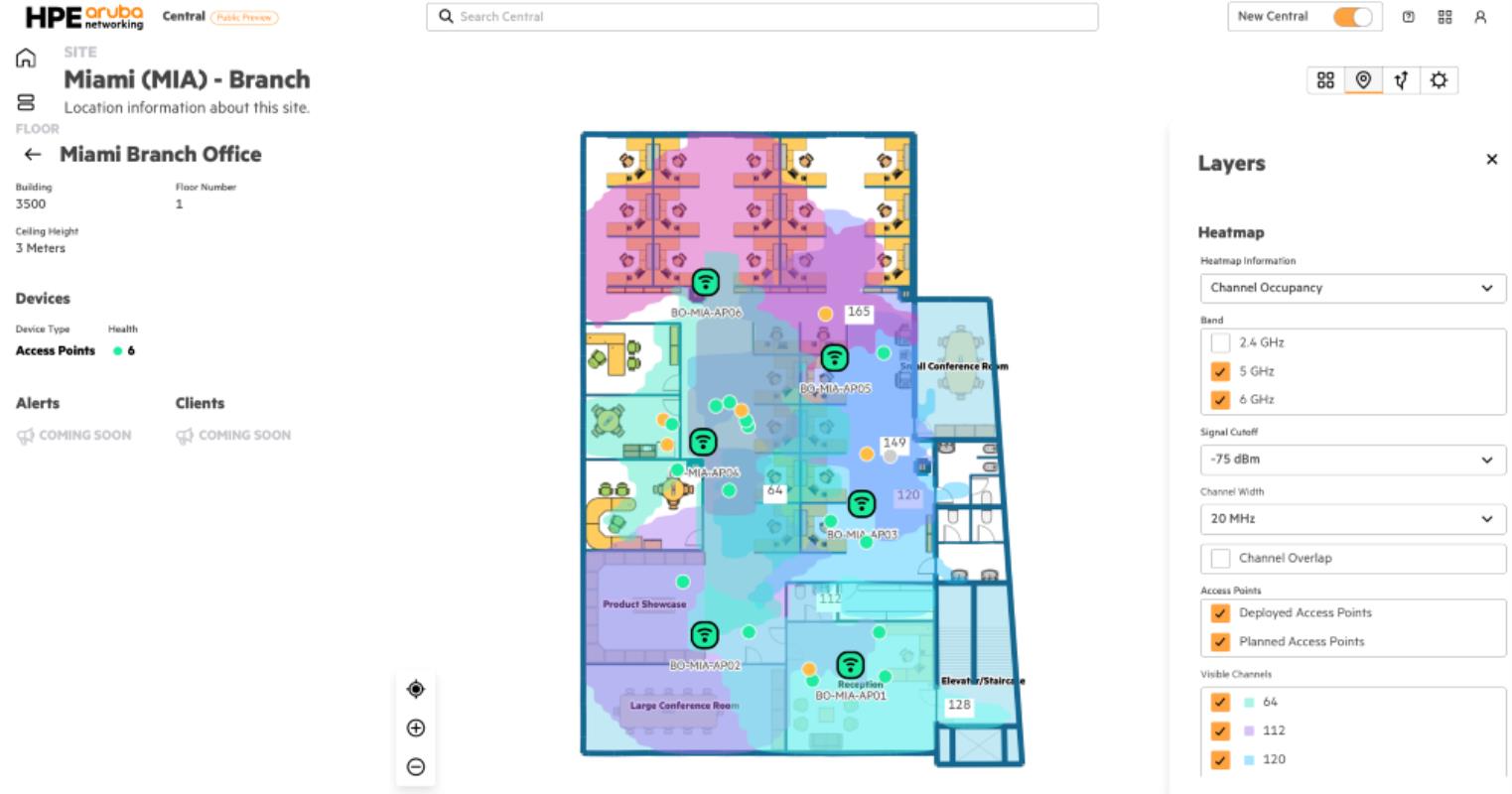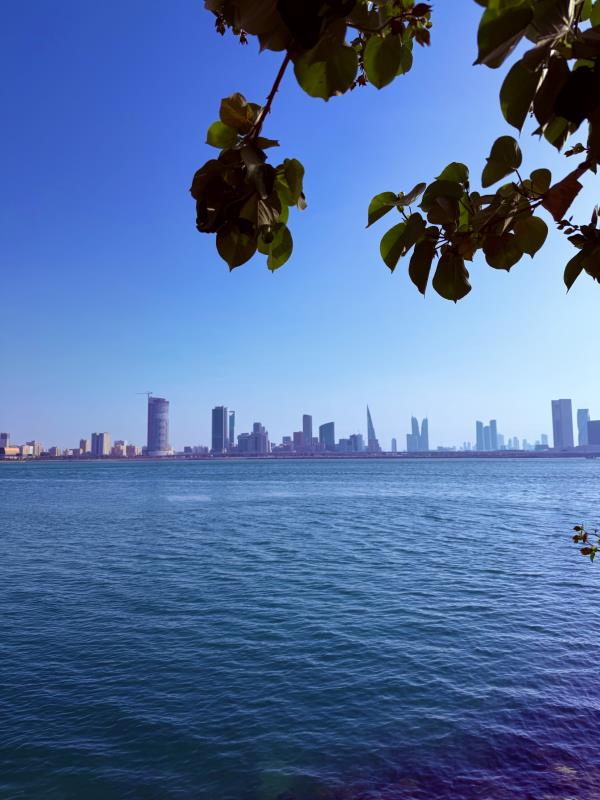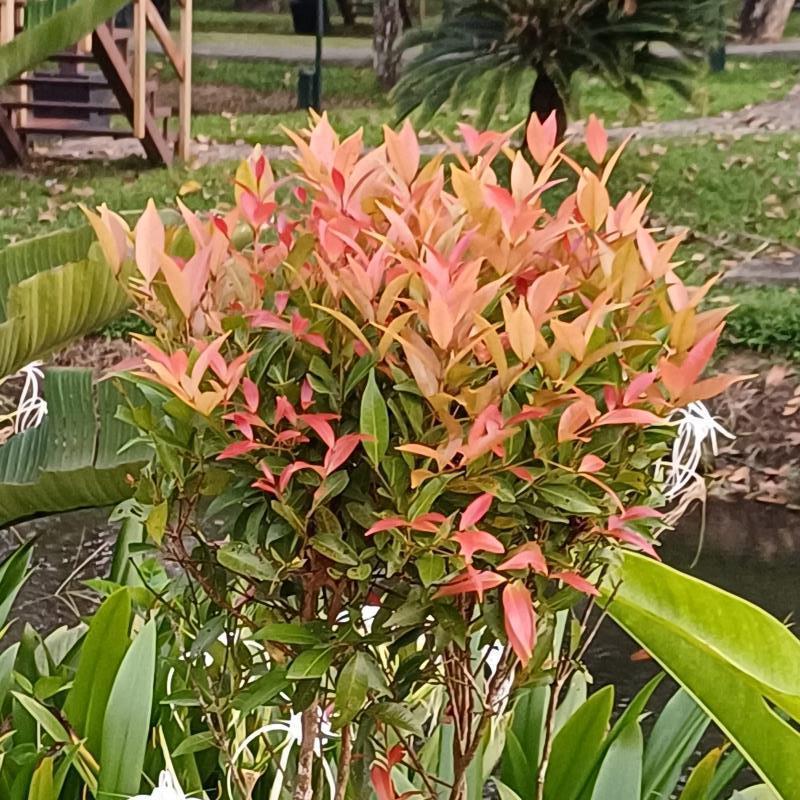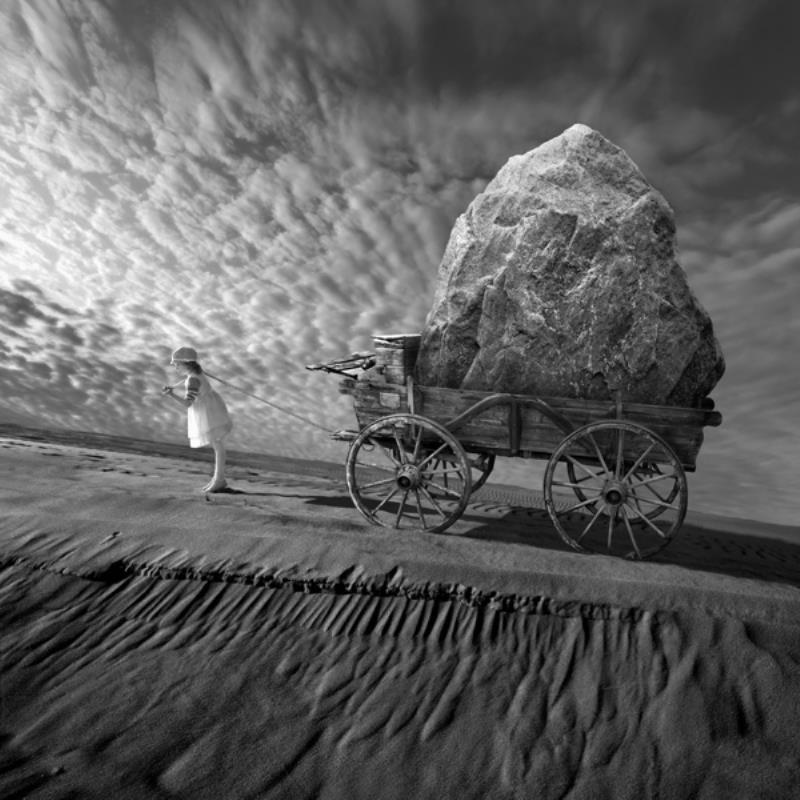RUMA NATIONAL PARK (Reuters) - The mighty rhinos living in a national park in Kenya face a new threat: microscopic, drug-resistant bacteria.
Scientists behind a study in a recent issue of New York-based academic journal EcoHealth discovered that bacteria samples found in the endangered animals in Ruma National Park, a protected area on the shores of Lake Victoria, had developed alarming levels of antibiotic resistance.
The rhinos appear to have become unexpected casualties of the global overuse of the drugs.
Resistance to them is growing because people take the drugs for non-bacterial diseases; don't finish drug courses, allowing bacteria to recover and adapt; and because many farmers overuse the medicines on livestock.
Antibiotic use and abuse in Kenya has been rampant for decades, elevating levels of drug-resistant bacteria in people, livestock and now wildlife.
The team of scientists, which included Maseno University PhD student Collins Kipkorir Kebenei, used faecal samples to study resistance levels in the bacteria found in 16 black rhinos.
They isolated samples of E. coli in both rhino and human waste and studied how resistant they were to eight of the most commonly used antibiotics: ampicillin, gentamicin, tetracycline, cotrimoxazole, chloramphenicol, ceftriaxone, amoxicillin/clavulanic acid, and erythromycin.
Resistance levels in the bacteria found in rhinos and that found in humans were comparable for four of the antibiotics. The bacteria in rhinos was more resistant than that in humans for two of them.
That's a problem because rhinos - already under major threat from poaching - are susceptible to the bacterial disease bovine tuberculosis, researchers in South Africa's Kruger National Park have found.
Antibiotic resistance could make treatment harder.
"If they (rhinos) are sick, they need to be treated – and so what kind of medication can be used on these animals?" Kebenei said in the university lab, as his adviser and co-author, zoology professor Patrick Onyango, looked on.
Rhinos are already critically endangered. There are only about 29,000 alive, according to the International Rhino Foundation. Around 5% of them are in Kenya.
It's unclear how the rhinos are being exposed to the drug-resistant bacteria. It could be through drinking at the Lambwe River, which runs through Ruma National Park and carries waste containing antibiotic-resistant bacteria.
Or it could be through contact with the rangers protecting them from poachers.
Onyango said that although attention was focused on poaching, antibiotic resistant infections are a new and insidious threat.
"There are people who are hawking antibiotics in bus stations," added David M Onyango, a lecturer in Maseno University's zoology department who also co-authored the study. "There is no proper policy and regulation on their use."



























































